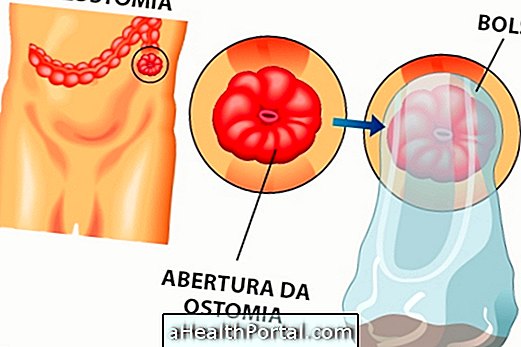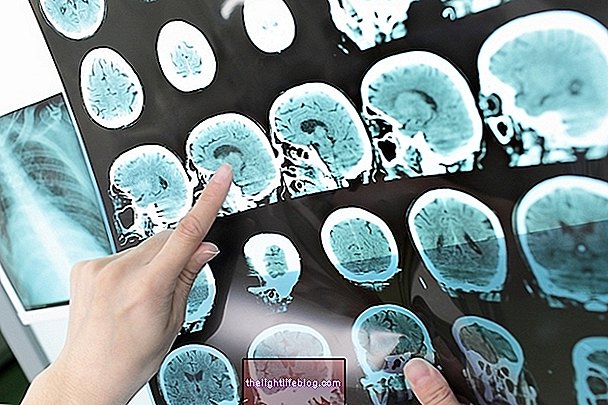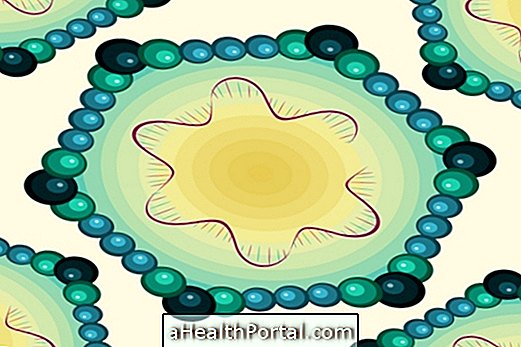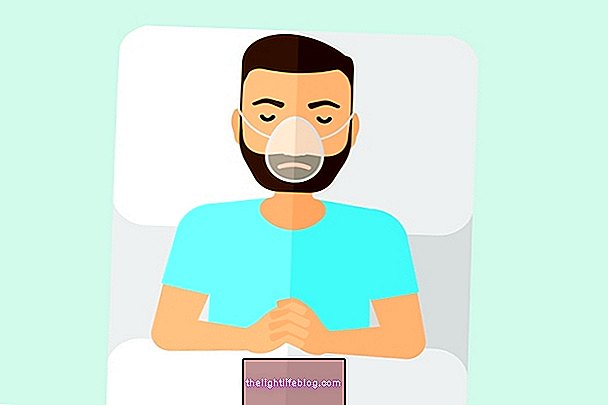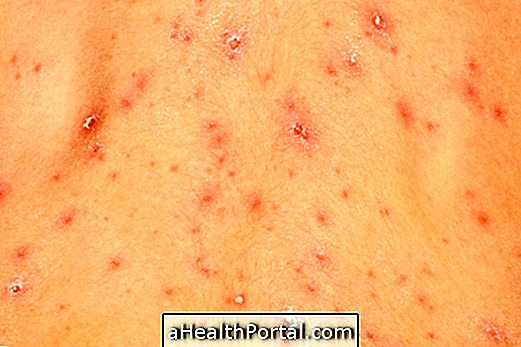Cushing's syndrome is a disease that occurs due to the high amount of cortisol in the blood, causing symptoms such as rapid weight gain and accumulation of fat in the abdominal and face region, in addition to the development of red streaks in the body and oily skin with tendency to acne, for example.
The diagnosis of this syndrome, also known as hypercortisolism, can be done through a blood test, urine or MRI, but it is not always easy to get to the diagnosis because it is common for the disease to be confused with other diseases such as obesity and depression.
Cushing's syndrome has a cure and this can be achieved by eliminating the cause of the disease, however, it is necessary to do specific treatment such as reducing the consumption of corticosteroids or in the case of a tumor it may be necessary to have surgery to remove the tumor.
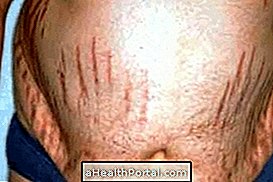

Symptoms of Cushing's Syndrome
The most characteristic symptom of this syndrome is the moon face and the accumulation of fat in the abdominal region. In addition, other symptoms related to Cushing's Syndrome are:
- Thin arms and legs;
- Appearance of wide and red striations;
- Development of hair on the face, especially in the case of women;
- Increased pressure;
- Diabetes;
- Decreased libido and fertility;
- Muscle weakness;
- The appearance of purple spots.
The diagnosis of Cushing's Syndrome should be made by the endocrinologist through the evaluation of symptoms and laboratory tests, such as the measurement of cortisol in urine and blood, in addition to ACTH and magnetic resonance imaging to verify the presence of tumor. Learn about other symptoms of Cushing's Syndrome and how the diagnosis is made.
How to relieve symptoms
To reduce the symptoms of the disease it is important to maintain a diet low in salt and sugar and eat fruit and vegetables daily because they are foods rich in vitamins and minerals and that help to strengthen the immune system. In addition, it is important to avoid polluted sites and with many people to decrease the chances of infections.
How is the treatment done?
Treatment for Cushing's Syndrome should be guided by the endocrinologist and vary depending on the cause of the syndrome. When the disease is caused by long-term use of corticosteroids, a reduction in the dose of the medicinal product is indicated, according to the physician's advice and, if possible, its suspension.
When Cushing's syndrome is caused by a tumor, the treatment usually includes surgery to remove the tumor and then to perform radiation therapy or chemotherapy. In addition, before surgery or when the tumor can not be removed, the doctor may recommend that the patient take medicine to control the production of cortisol.
Possible Complications
When treatment of Cushing's syndrome is not performed, there is a risk of death due to hormonal decontrol. Also, having high blood pressure and blood sugar for a long time can cause complications such as poor kidney function or difficulty seeing.
Main causes
The most common causes of Cushing's syndrome include prolonged and high-dose use of medications such as corticosteroids, which are usually used to treat inflammations such as lupus, asthma and rheumatoid arthritis, for example. See more changes that corticosteroids can cause.
In addition, it can also occur due to the presence of a tumor in the pituitary gland, which is found in the brain, leading to deregulation in the production of ACTH and, consequently, increased production of cortisol, which can be detected in high concentrations in the blood. Learn what the hormone cortisol is for.




